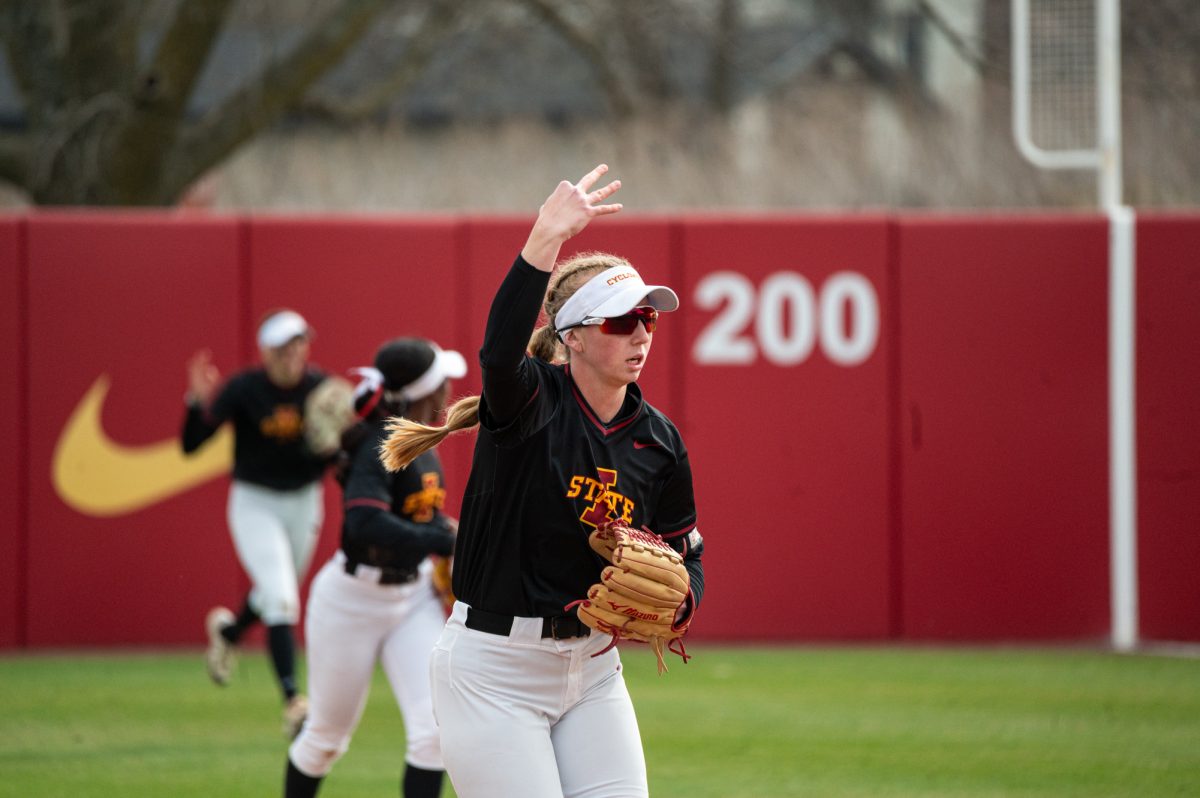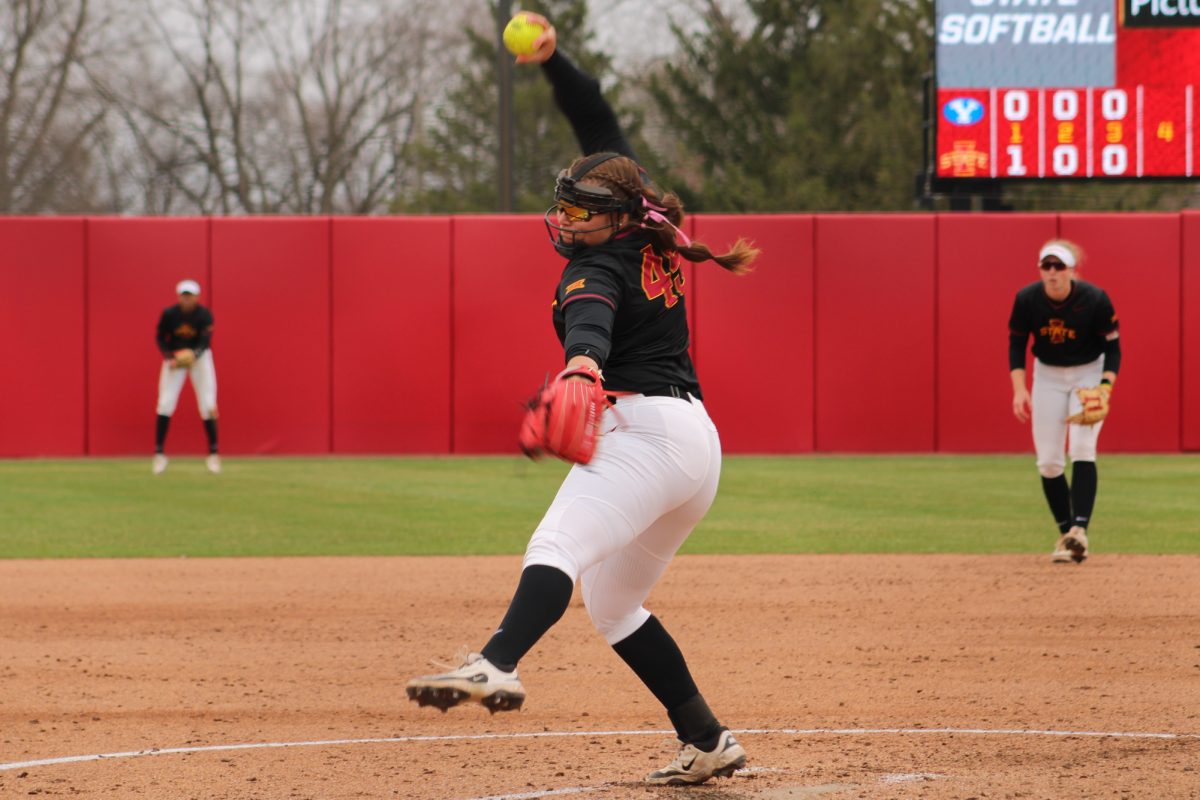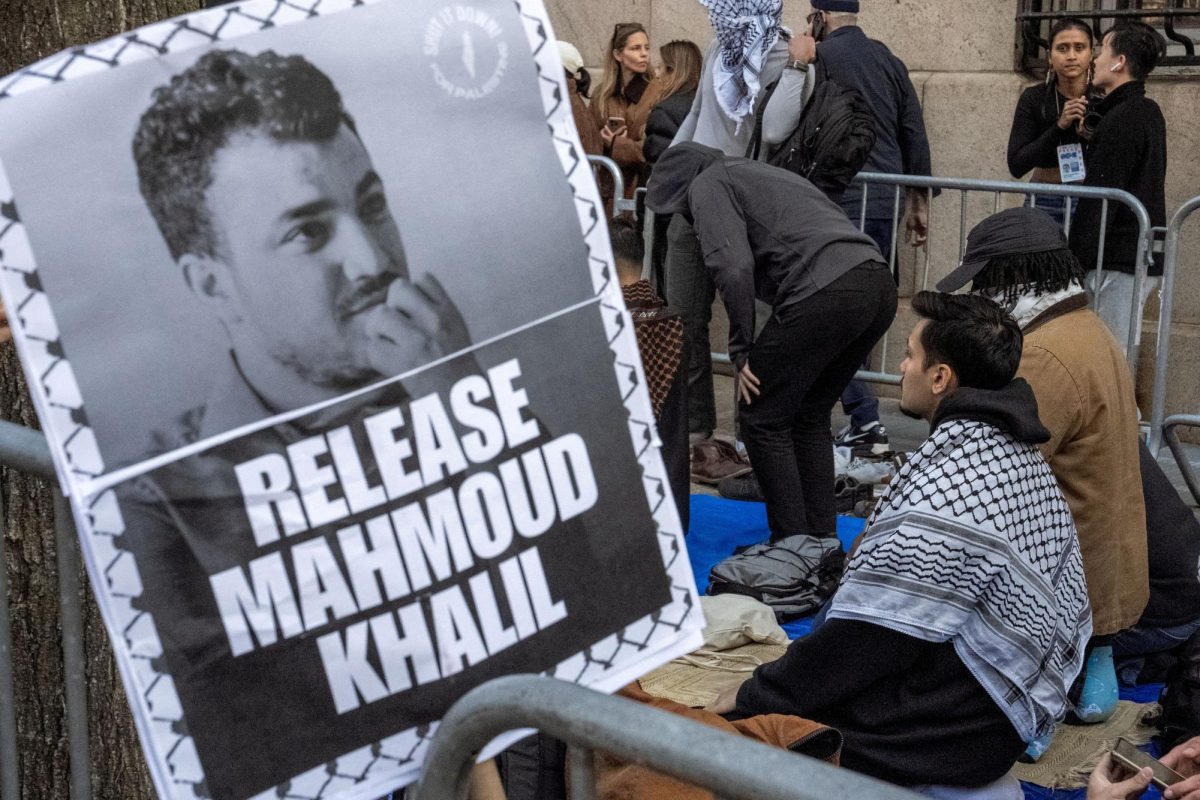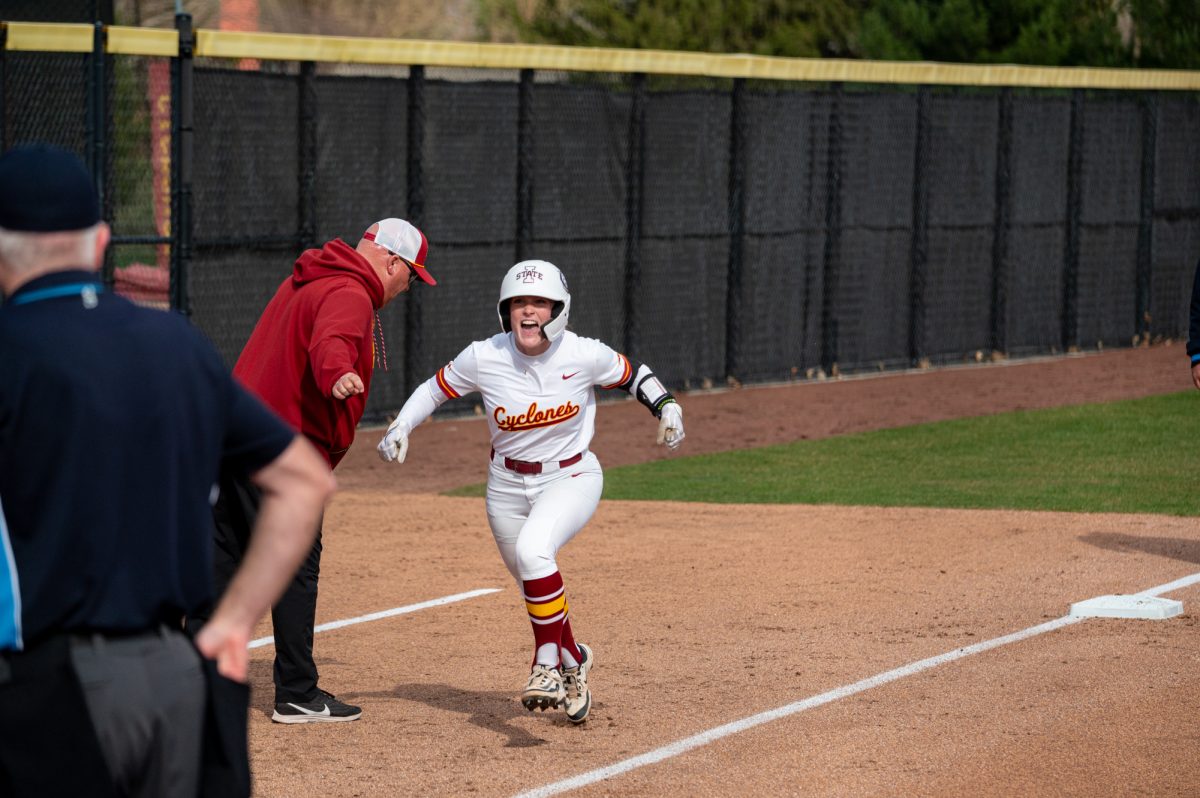Hours aren’t adding up for professors
February 12, 1997
Iowa State officials are taking issue with a state lawmaker who says ISU professors don’t spend enough time in the classroom, but many students apparently think he’s onto something.
Rep. Chuck Larson, R-Cedar Rapids, released his study of the three regent universities last week.
The study showed Iowa State professors spend an average of 5.8 hours per week in the classroom. This compares to University of Iowa professors who spend 4.8 hours per week and University of Northern Iowa professors who spend 10.97 hours per week, Larson said.
The study only looked at, for ISU, the College of Liberal Arts and Sciences.
Professors who taught only graduate courses were not included in the study.
More emphasis on research
Larson expressed his concern at the numbers, saying a college education has become less classroom-oriented.
“Over the years, we’ve grown to emphasize research projects, which is why we see fewer professors in the classroom,” he said.
Meredith Lips, a junior in meteorology, said she feels this may put a burden on a professor’s teaching duties.
“I think research is important, but as far as being employed by a university, that is about education; it’s important for professors to spend more time in the classroom, especially if research is cutting into their preparation time because the professor is too concerned with their research,” she said.
Larson agreed.
“I think this is the role the administration should be playing … Granted there are research projects going on, and those are very important,” Larson said. “But if 70 percent of the salary is through research, then only 30 percent is on teaching. It’s the taxpayers who are footing the bill to help educate their young people.”
Larson, who began the study last fall, said a similar study was done two years ago and showed the same results. Since then, he said, nothing has changed.
“I think the less time professors spend in the classroom, the more they forget how to teach. It doesn’t matter what they know if they can’t teach it,” said Summer Brunscheen, a senior in psychology. “Shouldn’t that be their purpose if they are here?”
Different colleges compared
Elizabeth Hoffman, dean of the College of Liberal Arts and Sciences, was critical of the study. She said it compares different colleges from each university.
For example, she said, Iowa State’s LAS college is equivalent to three of the colleges at UNI.
Since Iowa State’s LAS college includes more science faculty, there is more need for research groups and graduate classes for the college, she said.
Professors in the humanities departments of the LAS college teach four to six courses a year, which constitutes six to nine hours a week in the class, Hoffman said.
“Another part of learning is that a lot of undergraduate education takes place outside the classroom, especially in the Honors Program,” she said.
Outreach to the community, Hoffman said, is also a part of combining teaching, service and research.
“I think it’s important that we’re changing the concept of what it means to teach. I think the whole concept to be a teacher through more tutorial programs, honors programs, incorporating undergraduates in research emphasizes learning more than teaching,” she said. “Fundamentally, I’m interested in the output of student learning, not the input of how much students spend in the classroom”
Hoffman said the learning experience outside the classroom will better prepare students for the world they are going to face.
Excludes other teaching aspects
John Anderson, interim director of university relations, said Larson’s study excludes many aspects of teaching, such as preparing for lecture, grading, undergraduate advising and supervising.
“[Classroom time] is a small piece of the whole picture,” he said. “Iowa State’s mission includes three very important activities. First is teaching, which is most important. But the second is research and then outreach activities.”
Iowa State’s faculty is involved in broad aspects of teaching, Anderson said.
“I believe if anything, we are spending more time on the teaching activity as a whole. Recent university studies have shown we are increasing,” he said.
One study, Anderson said, showed Iowa State faculty spend on average 56 hours a week on work outside the classroom and nearly 28 hours on teaching or teaching-related activities.
However, Anderson would not say if there should be a set number of hours professors spend in the classroom. That is something, he said, would be up to the state Board of Regents to decide.
‘Senior profs needed in class’ Smaller schools like Grinnell College, Larson said, require professors to teach five classes throughout the year.
His study showed, from Iowa State’s LAS professors, the least amount of time a professor spends in class a week is 0.8 hours. The most is 26.2 hours. L. Keith Woo, an associate professor of chemistry, logs the fewest hours per week in class. Donald Simonson, an associate professor of music, logs the most.
Larson said he thinks Iowa State’s solution to getting professors to spend more time in the classroom is getting senior professors back in class.
“It’s the younger professors who are carrying the workload,” he said. “They [universities] will give many, many justifications for it, and many of them just don’t hold water.”
Richard Zbaracki, interim chairman and professor of curriculum and instruction disagreed. He said although ISU’s College of Education has more emphasis on teaching, its junior faculty may actually be teaching less because they are encouraged to gain research experience.
“Changes come when faculty becomes tenured. Essentially that depends on research load,” he said. “But because of the breadth of liberal arts, it will get more emphasis on research. The 5.8 [hours] is about what you would expect.”
Larson said he will take the issue to the regents at their meeting Feb. 19-20 in Iowa City. Next January, he will request a new report to see if results are different.
If they don’t change, Larson said, he will then pursue legislative action.






